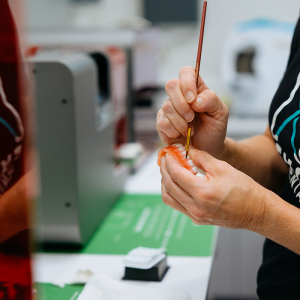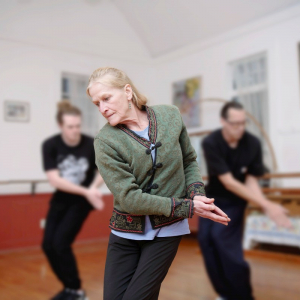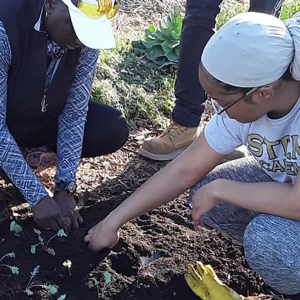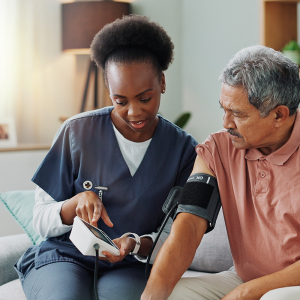Age is No Barrier to Fitness

Starting an exercise program can be a challenge, which is as true for seniors as it is for anyone thinking about getting off the couch and becoming more active.
Jeanne Wei, executive director of UAMS’ Donald W. Reynolds Geriatrics Center, said that, whether receiving care at home or at an assisted living facility or nursing home, seniors can reap the benefits of exercise. Such benefits include maintaining or losing weight, reduced risk of illness and chronic disease through strengthened immune systems, enhanced mobility, flexibility and balance.
Balance, Wei said, is especially important in preventing falls and staving off outcomes like hospitalization and institutionalization, which can lead to the loss of one’s home and independence.
Regular exercise also positively impacts mental health through improved sleep, improved mood and self confidence and improved brain function.
“It’s so important for them to stay strong,” Wei said.
According to the Centers for Disease Control and Prevention, most adults 65 and older, even those with chronic conditions and mobility challenges, can exercise safely. It is always important to first consult with a doctor to learn which options are right for a loved one’s health and activity levels.
Wei recommends that seniors beginning an exercise program should “start low and go slow” — walking instead of running, for example.
“One good thing when you get older is you don’t have to exercise at quite such a hectic, intense rate,” she said.
Walking, which requires no special equipment (other than comfortable shoes) can be done just about anywhere. Other beneficial activities include senior sports or fitness classes, which offer the benefits of fun, stress relief and social interaction; water aerobics, which is easier on the joints; yoga, whose benefits include strength, flexibility and balance; and tai chi or qi gong, martial arts that increase balance and strength.
There are also chair and wheelchair versions of yoga and tai chi.
Though turnout has been hurt by the COVID-19 pandemic, seniors still come to the Hays Senior Center in North Little Rock to lift weights, stretch, take exercise classes, play team sports like bean bag baseball, swim or take aqua aerobics classes in the center’s two heated pools that offer wheelchair access.
Even billiards and games of pinochle help with hand dexterity and hand-eye coordination, Hays Center Director Steven Carr said, and there are the added mental health benefits of socializing regularly with friends.
“Everything we do there’s a reason for it that has to do with your health,” he said.
Senior Fitness Programs
Fit & Strong is an award-winning, community-based fitness program for older adults, particularly those who suffer from osteoarthritis. Participants not only engage in arthritis-appropriate exercises during this eight-week plan, they also learn helpful tips for managing their arthritis from day to day.
SilverSneakers is a health and fitness program for adults age 65 and older. Covered by some Medicare plans, it helps people stay mobile and active by providing access to gyms and fitness classes designed for older adults. SilverSneakers also offers workout videos, social forums and other online resources to help seniors exercise from home.
Building Blocks of Fitness
Balance
What to do: yoga, tai chi, pilates and posture exercises
It’s good for seniors because balance improves posture and quality of walking and reduces the risk and fear of falling.
Cardio
What to do: walking, stair climbing, swimming, tennis, rowing, dancing, hiking, cycling
It’s good for seniors because it improves heart health and reduces fatigue and shortness of breath. For seniors receiving care at home, it promotes independence by increasing energy for daily household chores and errands.
Strength training
What to do: machines, free weights, elastic bands or body weight exercises
It’s good for seniors because it builds muscle and strength for day-to-day activities and reduces loss of bone mass while improving balance to prevent falls.
Flexibility
What to do: stationary stretches, stretches involving movement, yoga
It’s good for seniors because it helps the body stay limber and enhances range of movement for ordinary activities like tying shoes or washing hair or even playing with the grandkids when they visit.
At UAMS’ Donald W. Reynolds Institute on Aging, physiologists and other trained personnel can provide personalized fitness plans as well as physical therapy and rehabilitation at the Ottenheimer Therapy and Fitness Center. Elsewhere in the state, older adults or their caregivers should check with their local senior center or Department on Aging to learn about exercise programs and classes offered where they live.








